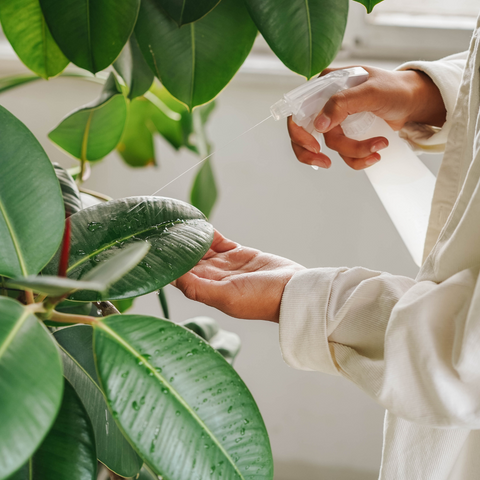1. The Nutrient Boost of Coffee Grounds:
- Begin by collecting your used coffee grounds. Allow them to dry thoroughly to prevent mold growth.
- Sprinkle a thin layer of dried coffee grounds onto the soil surface of your houseplants.
- Repeat this process every few weeks to provide a consistent nutrient boost.
- Identify which of your plants prefers acidic soil. Examples include azaleas, hydrangeas, and rhododendrons.
- Mix the dried coffee grounds into the soil around these acid-loving plants, ensuring you don't overdo it.
- Monitor the pH levels of the soil to prevent it from becoming excessively acidic.
- Include your used coffee grounds in your compost pile. Mix them with organic materials, such as kitchen scraps, leaves, and grass clippings.
- Turn the compost regularly to facilitate decomposition.
- Once the compost is ready, use it to nourish your houseplants.
- If you have a worm bin, introduce coffee grounds to the bedding material.
- Ensure that the coffee grounds are distributed evenly to avoid clumping.
- Allow the worms to work magic, transforming coffee grounds into nutrient-rich worm castings.
- Apply a layer of dried coffee grounds around the base of your plants to act as mulch.
- Ensure the layer is thin to prevent waterlogging and mold.
- Reapply the coffee grounds as needed, especially after watering or heavy rainfall.
- Remember, moderation is key. Avoid excessive use of coffee grounds, especially for plants that don't favor acidic soil.
- Always allow used coffee grounds to dry before application to prevent mold issues.
- Observe how your plants respond to the coffee grounds. If you notice any adverse effects, adjust the quantity or frequency of application.
Conclusion:
Your everyday coffee routine can extend beyond the mug and into plant care. By repurposing coffee grounds, you reduce waste and provide your houseplants with a nutrient-rich boost. Embrace the step-by-step guide to using coffee grounds in your indoor garden, and watch as your plants flourish, turning your home into a haven of green vitality. Cheers to brewing growth and cultivating a thriving space for your botanical companions!





Comments (0)
There are no comments for this article. Be the first one to leave a message!